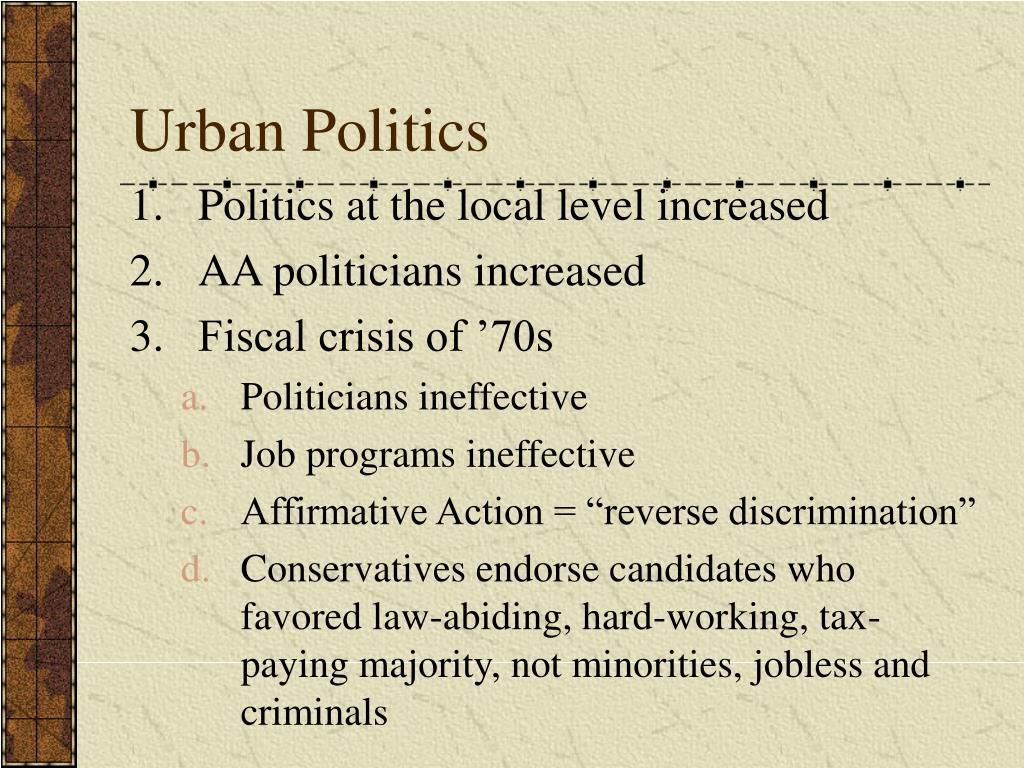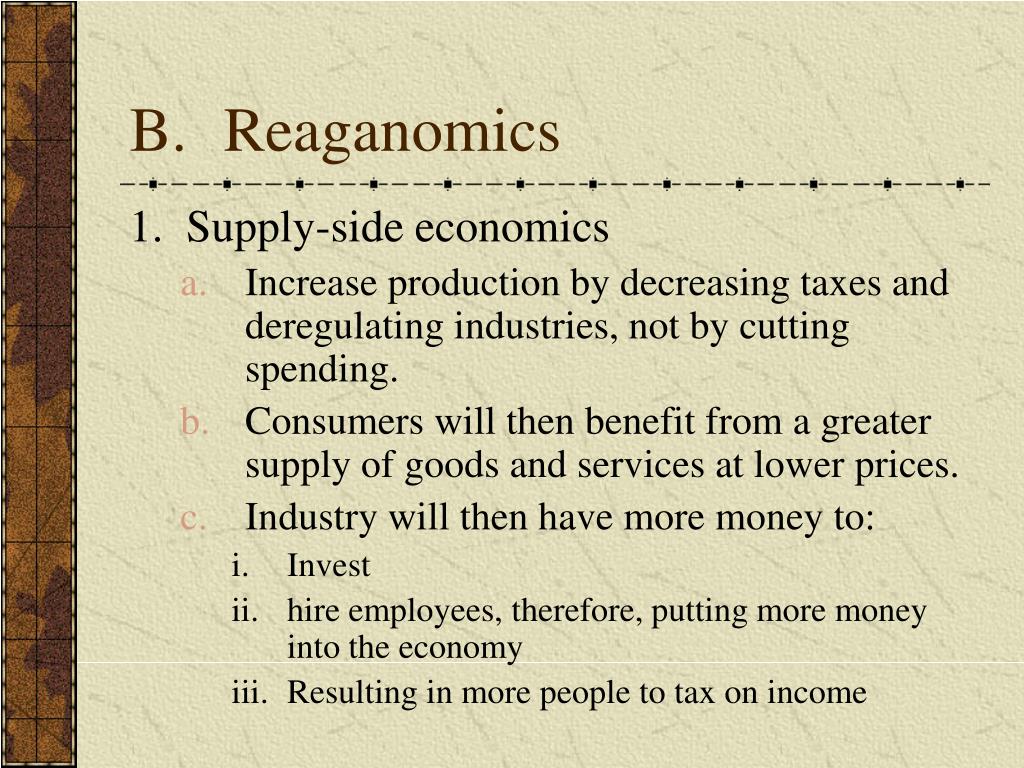

During the years of 20, Pluto had opposed the Moon in Cancer, and the people of Britain moaned and groaned about the trauma of being cast adrift from Europe. The pain of the UK is evident from the 1801 unification chart, which united Ireland, Scotland, Wales and England as one political whole. General election charts alone, it would seem, cannot be trusted to give accurate results - they just show the mood of the country. Perhaps Corbyn was well-represented by Mars in Scorpio sextile Saturn trine Neptune - a "socialist" signature. Perhaps this indication simply showed Johnson's psychological state - his government had been in crisis since he took power: Venus conjoining Saturn/Pluto. Meanwhile, with Mars in its own sign Scorpio ruling the IC (10th house from 7th) and applying to a dignified Saturn in Capricorn, it looked great for Labour’s Corbyn. that day, and applying traditional methods, things did indeed look bad for the Conservatives, not least because Venus was right in-between Saturn and Pluto (besieged), and as MC ruler represented the Conservative leader Boris Johnson. Looking at the charts available, especially the election chart for 7 a.m.



Prior to the election, the excellent London astrologer Julian Venables analyzed the astrological trends for election day, December 12th, 2019, and believed it augured very badly for the Conservative Party. Boris Johnson won an absolute majority - and Brexit will be done. Labour, with the unappetizing Jeremy Corbyn as leader, experienced its worst defeat since 1935. But with the slogan "Get Brexit Done", the Conservative Party tapped into public exhaustion and won a resounding victory. People dreamed of a second referendum, people feared a renewal of troubles in Ireland, where a hard border was not acceptable, people railed at the lies and misinformation that resulted in a Yes vote to Brexit. On my many visits to the UK over the last three years, there was one constant topic on every news channel every day - Brexit.
#The conservative ascendancy coursenotes full
Compare Standard and Premium Digital here.Īny changes made can be done at any time and will become effective at the end of the trial period, allowing you to retain full access for 4 weeks, even if you downgrade or cancel.Everyone got tired in the end. You may also opt to downgrade to Standard Digital, a robust journalistic offering that fulfils many user’s needs. If you’d like to retain your premium access and save 20%, you can opt to pay annually at the end of the trial. If you do nothing, you will be auto-enrolled in our premium digital monthly subscription plan and retain complete access for $69 per month.įor cost savings, you can change your plan at any time online in the “Settings & Account” section. For a full comparison of Standard and Premium Digital, click here.Ĭhange the plan you will roll onto at any time during your trial by visiting the “Settings & Account” section. Premium Digital includes access to our premier business column, Lex, as well as 15 curated newsletters covering key business themes with original, in-depth reporting. Standard Digital includes access to a wealth of global news, analysis and expert opinion. During your trial you will have complete digital access to FT.com with everything in both of our Standard Digital and Premium Digital packages.


 0 kommentar(er)
0 kommentar(er)
